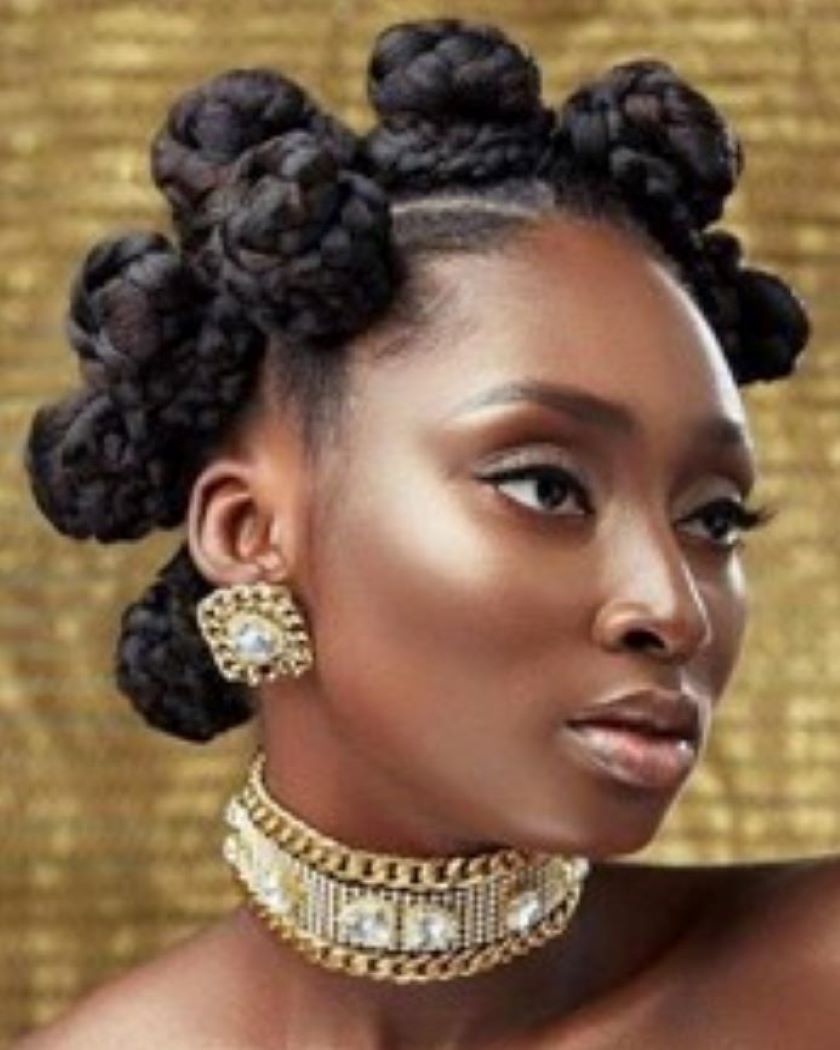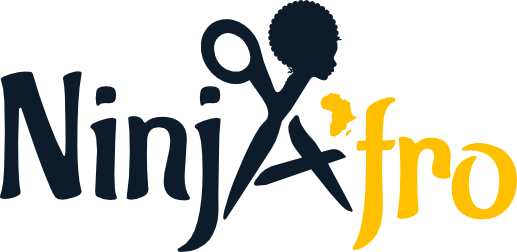Afro Hairstyles: What do They Mean?

Contributor: Uchey Kama (@ucheykama)
“There’s nothing new under the sun” King Solomon wrote around 250 BC. More than two millenniums later, it rings true in many aspects – including afro hairstyles.
Although several hairstyles that exist today might feel “new” and on trend, many of them have been the norm in various African cultures for decades, if not centuries. Over the years, these traditional hairstyles have been modified to achieve a more modern look.
Africa has about 3,000 tribes and each tribe has its own hairstyles, some of which carry traditional significance and symbolism. Tribal hairstyles range from shaving off all of the hair, or a section of it, to braiding it into long braids that can be transformed into elaborate headdresses. These stunning crowns would sometimes take the form of cornrows plaited around the head (similar to the modern day halo braids sported by many celebrities); or natural hair bundled together and decorated with cowries, beads and handmade ornaments. These hairstyles communicated wealth, status, war, priesthood, royalty or the coming of age.
Clearly we can’t cover the variety and richness of African tribal hairstyles in one article. However, we will focus on one of the hairstyles that has persisted throughout the years and continues to be very popular – braided hairstyles. Braided hairstyles were the most popular hairstyles of pre-colonial Africa; they were braided in intricate patterns with either natural hair or local threads and hair extensions. Let’s take a mini trip around Africa and cover four braided hairstyles.
ETINGHE BRIDAL HAIRSTYLE
The Etinghe bridal hairstyle is a waist-length style that originated from the Efik tribe of Nigeria. It is created by braiding the hair at the centre of the head into a tower-shaped crown and braiding the sides of the hair to cover the top of the ears. It is usually decorated with brass combs that signify royalty or wealth.
(Image: namywedding.com or Pinterest)
EEMBUVI BRAIDS
Originating from the Mbalantu tribe of Namibia, the Eembuvi braids consist of four large cornrows, braided down to the ankles. It was a hairstyle that signifies the coming of age of young maidens. Their natural hair was prepared for the Eembuvi hairstyle using mixtures from plants and, after the initiation into womanhood, the braids are woven into an ornate headdress that signifies marriage.
(Image: Lovehairstyles.com)
BANTU KNOTS
The word ‘Bantu’ means ‘people’ in the Zulu tribe of Southern Africa. This hairstyle is created by sectioning the hair, braiding it into individual strands and wrapping each strand around itself to form a knot.
Bantu knots have become increasingly popular in the past few years – both as a style, and as a way to achieve luscious and bouncy twist outs.
(Images: ancient-origins.net)
FULANI BRAIDS
The Fulani tribe is one of the largest tribes in Africa as they cut across countries in northern and western Africa. The unique factor of Fulani braids are the two or more beaded braids that are plaited down the sides of the head to the chin. It is a hairstyle that distinguishes the Fulani tribe from others.
Similar to Bantu knots, Fulani braids are very much on trend at the moment. Alicia Keys is no stranger to braids – including Fulani braids. We’ve also spotted Beyoncé rocking these beautiful braids and Kim Kardashian giving them a go too (Thoughts on appropriation vs. appreciation? Read our piece here).
(Image: Closet Couture)
There are so many more hairstyles which we will be exploring – not just in terms of style but the traditional values and celebrations they carry. So, when you’re booking your next braid appointment (see our Braids services) perhaps think about what you want your hairstyle to say about you and those who wore similar hairstyles before.
